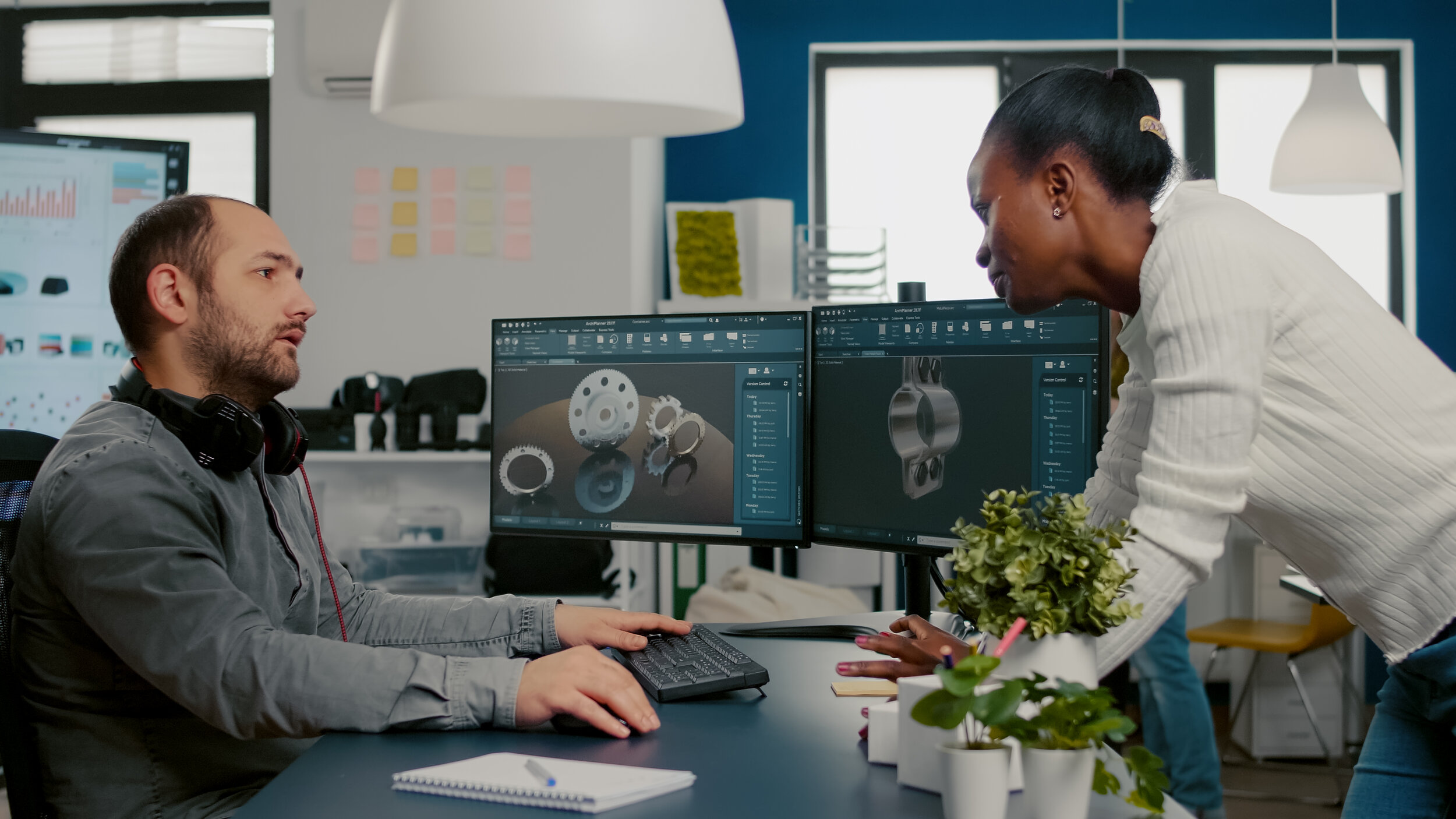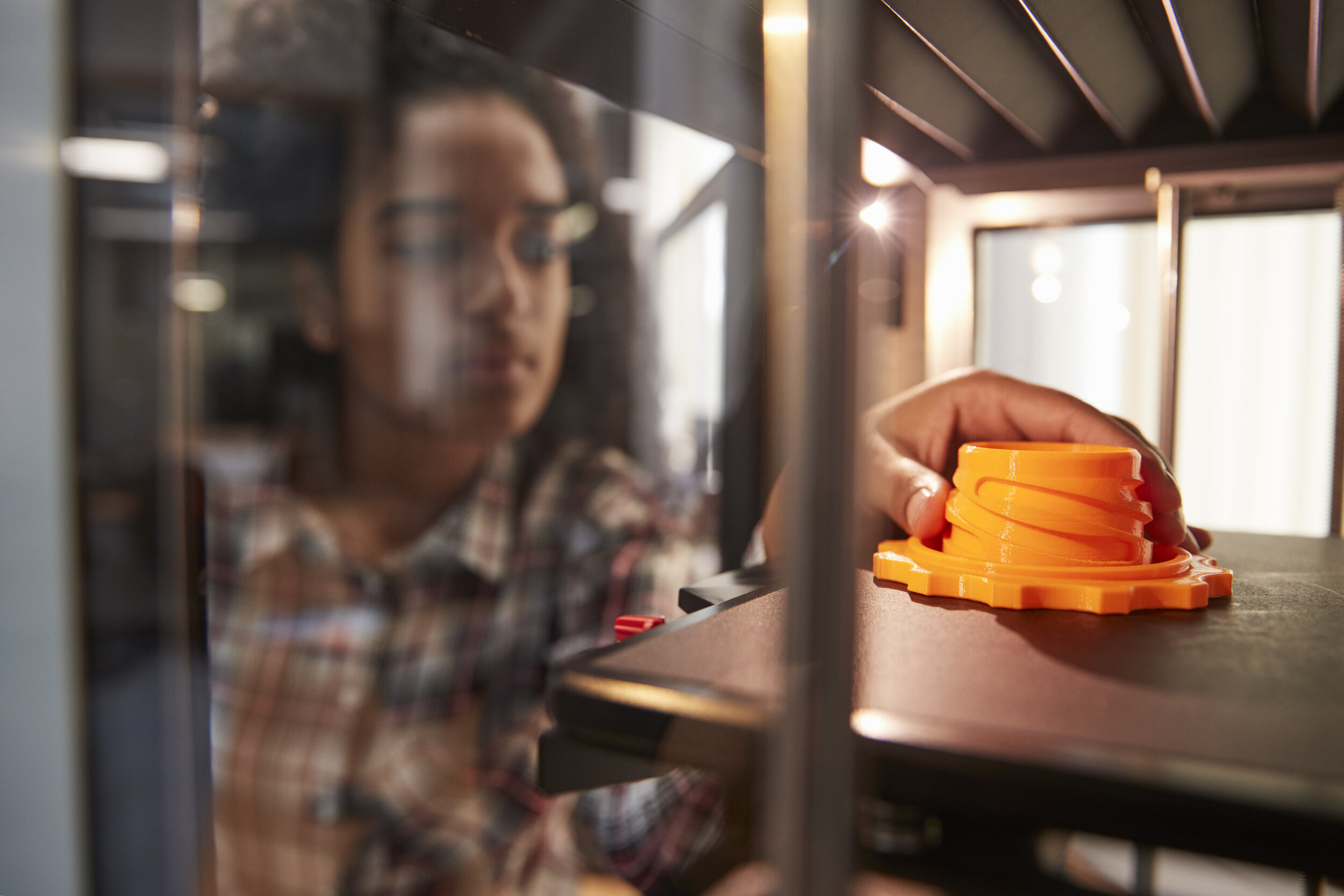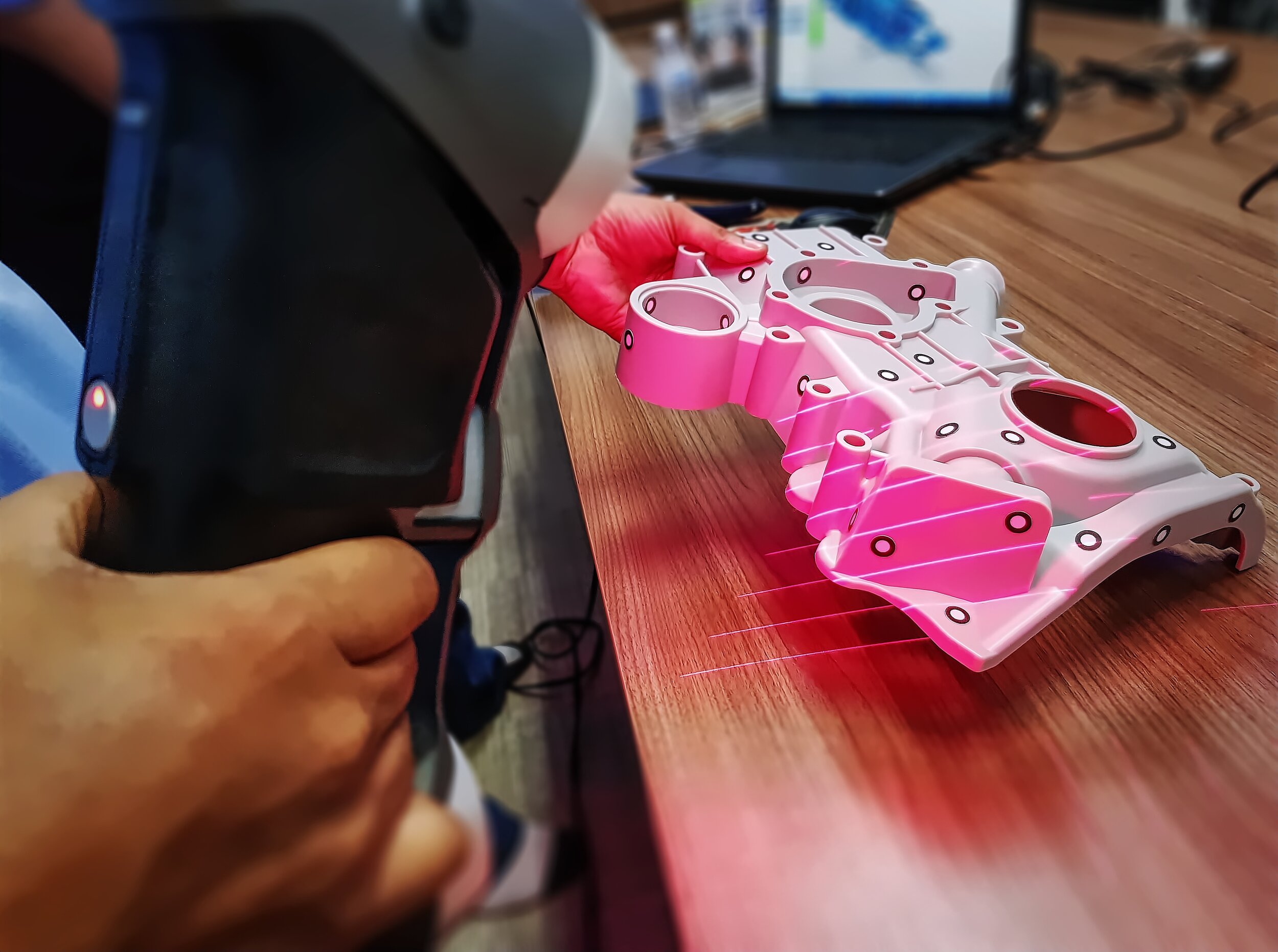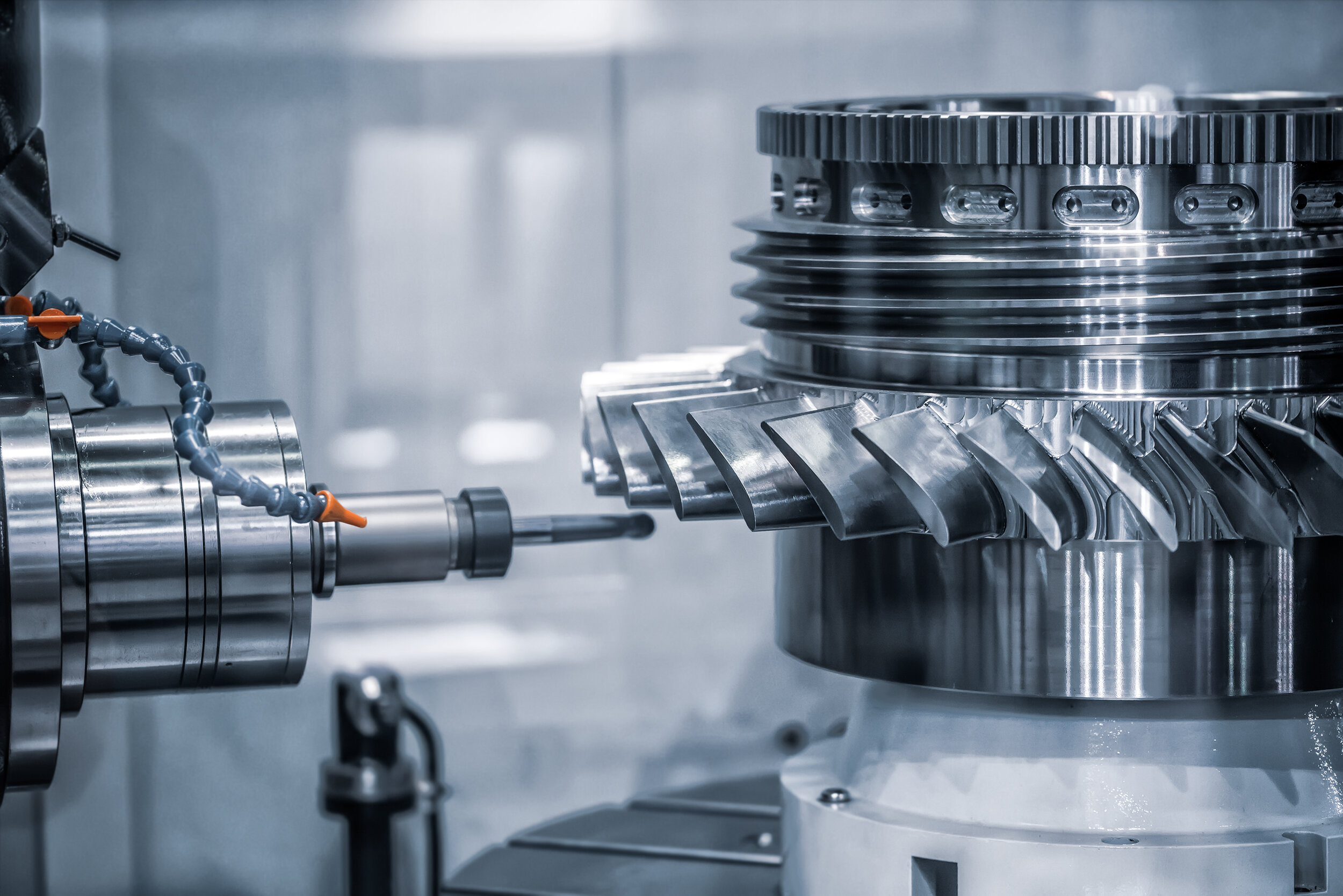Is Design a Lost Art
Is Design a Lost Art
One of the primary goals of an industrial designer is to communicate a company's values and its engineering intentions with the product they create. This is especially true when designing cars.
We feel very strongly about the cars we love -- and the cars we hate. Though the designs themselves have varied dramatically over the last hundred years, there was very little variation in the process of designing cars. At least, until recently. Just twenty years ago, the process of designing cars evolved from manual renderings (things like hand-drawn full-scale models, clay models, tape drawings, etc.) to virtual ones.
It was during this transition from manual renderings to computer software that Ray Mattison, lead industrial designer and co-owner of our studio, attended the College of Creative Studies (CCS) in Detroit. It was the year 2001, and the design school had just become accredited. CCS had built a brand new building with all the latest stuff: 5-axis CNC machines, laser scanners, 3D printers, CAD modeling software, even Wacom tablets you could draw on. Ironically, the faculty they hired were mostly old guys completely uninterested in new design technology.
The Twilight of Manual Rendering // The Dawn of Digital Design
These professors were the definition of old school. One teacher in particular was rumored to have helped design some classic 1970s muscle cars, like the Plymouth Baracuda. He practiced something called barrel-perspective drawing, where he would unroll an enormous sheet of paper and draw a car in top-down barrel-distortion. You could pick up both sides of this paper, bring the edges together to form a sort of tunnel, and on the outside you would see a full-scale, hand-drawn car rendering. These drawings were so precise that engineers could rely on them for measuring parts.
Full Scale Hand Renderings
This photo is from CCS around 2002 or 2003. You have to look at the dude in the left corner of the picture to see how big this sketch is. It's a car at full scale!
As cool as the manual renderings were, most students were captivated by the new technology. There was one young teacher from Toyota who introduced his students to CAD software like Rhino, Alias, and 3D Studio Max. This guy really wanted to show what CAD could do, so for a field trip they visited a studio mock-up and watched a clay modeler carving out one side of a car. Whenever a change was made to the model, a robot arm would scan the change, then another robot arm would carve the change on the opposite side with pinpoint accuracy. The process looked a lot like this. CAD modeling meant that exactness was achievable, even when doing manual sculpting on a clay model. It blew everyone’s mind.
Though CAD modeling was compelling, nothing impressed Ray more than the cutting edge 3D printing technology. It seemed the stuff of science fiction to hand over a digital model and have your product materialize over the course of just a few hours. And of course, there was the 5-axis CNC machine, an enormous gantry with robotic arms that could carve out a block of material into exactly the product you created. It moved like a person...like, a graceful 100,000 pound person.
Even with all this shiny new design tech at their fingerprints, the industrial design students were required to practice manual rendering. Ray was even expected to complete a full scale of a vehicle with fine line tape, like in this video. While they pulled tape off the wall, most students (including Ray) couldn’t help but wonder “Why though?” As they learned more about the capabilities of CAD software, many concluded techniques like hand-sketches, clay modeling, and tape drawing would soon become obsolete. And they weren’t wrong: Around 2003 was the last years CCS focused exclusively on manual rendering.
Real Materials + New Technology
The automotive industry has always been first to incorporate innovative technology in their design process, while other transportation industries seem to resist change. When our studio first began working in aviation, we introduced techniques that most auto companies had adopted years before, such as VR, 3D Printing, and PBR physically based rendering_. But some car companies are still utilizing old school techniques to render car models.
As much as our studio loves to stay on trend with new design technology, there are occasions when working in real-time with real-world materials is best. When we make a seat for a jet interior, we actually carve a few prototypes out of foam, find people to sit in them, and make adjustments based on their feedback. Of course, there are always outliers -- our interior designer Tina is too small to sit comfortably on a jet plane -- but for the most part, the process works best because you can’t test the experience of sitting on a chair in CAD.
Once we have a solid foam model, we have to reverse engineer the seat using 3D scanners, like this guy from Hyundai. It’s a cool combination of an old school rendering process and design technology.
Automotive Design & The Virtual Future
The future of automotive design (and likely design as a whole) will largely be shaped by virtual reality, augmented reality, and generative design. We predict the relationship between designers and computers will only get tighter. People are doing almost everything virtually nowadays; design is no different, and has traditionally been far more reliant on tech than other industries. In fact, it’s possible that after a certain point, designers may never again need to create physical models of their products. Perhaps it will be possible to experience the sensation of sitting in the seat you’ve just rendered in CAD. We think that’s both really cool...and a little sad.
Though few automotive studios nowadays rely on manual renderings when designing a mass-produced vehicle, there is something fantastical and romantic about the process. As technology enabled designers and engineers to work with confidence and accuracy, the relationship between them and the vehicle became, in a way, less intimate.
Our studio likes to think of the mastery of these old forms as a lost art. We wonder if there will be room in the future for a manually-rendered renaissance. But with the advent of VR/AR technology, it’s possible these manually-rendered design forms will become obsolete. Though perhaps it’ll look more like evolution than extinction.
For more information, you can read our blog, check out our design process, or contact us directly.











